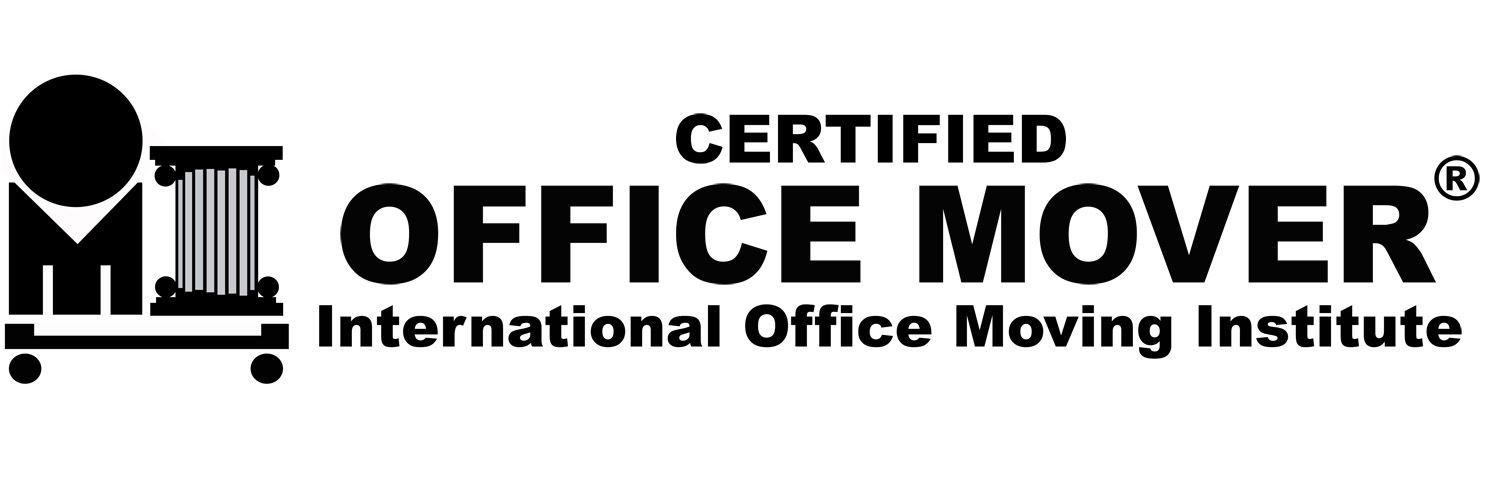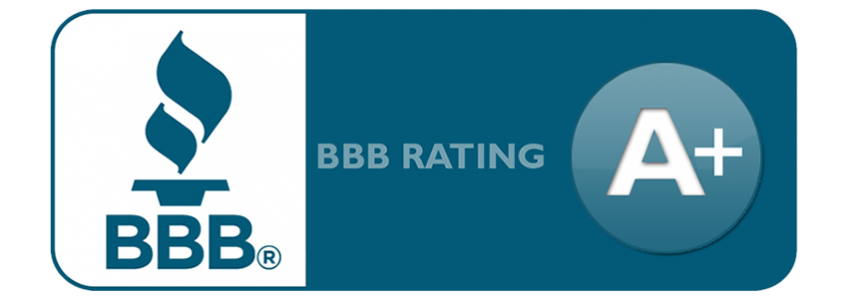Arlington Heights, IL Education Landscape
When considering a move to Arlington Heights, IL, the local school system often ranks high on the list of considerations for families. Arlington Heights is well-known for its commitment to quality education, providing a solid foundation for students from kindergarten through high school. The community places a high value on educational achievement, which is reflected in the numerous awards and recognitions the schools have received over the years.
Historical Development of Education in Arlington Heights
The historical development of education in Arlington Heights is a story of growth and adaptation to meet changing educational needs. The earliest schools were simple one-room buildings, reflecting the area's modest beginnings. As the population expanded, the educational infrastructure grew to accommodate more students and offer advanced learning opportunities.
Early Educational Foundations
- 1830s: The first informal classes begin, with community-led initiatives to educate young children.
- 1870s: Formalized schools appear as the town incorporates and establishes local governance.
Evolution Through the Years
- 1950s-1980s: The post-war boom leads to substantial investment in education, resulting in the construction of multiple new school buildings.
- 1990s-Present: Emphasis shifts towards integrating technology into the classroom and developing specialized programs to cater to diverse student needs.
Current Education System in Arlington Heights
The current educational landscape in Arlington Heights is diverse, featuring a mix of public and private schools, each offering distinct yet comprehensive learning experiences. The schools emphasize academic excellence, character development, and preparation for higher education and careers.
Overview of Public Schools
Arlington Heights hosts several public schools under the Community Consolidated School District 59 and Township High School District 214. These districts are dedicated to providing high-quality education while fostering a supportive and inclusive community.
- Elementary Schools: Focus on foundational skills in reading, math, and critical thinking.
- Middle Schools: Offer a transition with a broader curriculum including languages and humanities.
- High Schools: Known for advanced placement courses, STEM programs, and extracurricular activities.
Overview of Private Schools
Complementing the public options, Arlington Heights is home to several reputable private schools. These institutions provide personalized education, often with religious or alternative educational philosophies.
- Parochial Schools: Integrate faith-based learning.
- Independent Schools: Known for small class sizes and individualized attention.
Public Schools in Arlington Heights
The public school system in Arlington Heights is lauded for its commitment to academic excellence and its comprehensive offerings. Let's explore the structure and standout features of local public schools.
District Overview
The public schools are primarily managed by two main districts:
- Community Consolidated School District 59: Serves elementary and middle schools, emphasizing foundational academic skills and holistic development.
- Township High School District 214: Manages high schools and is recognized for robust academic and extracurricular offerings, preparing students for college and beyond.
Governance and Policies
- School Boards: Elected bodies responsible for policy-making and budget management.
- Teacher Qualifications: High standards for hiring, ensuring experienced educators in classrooms.
- Community Involvement: Frequent parent-teacher meetings and community forums encourage active participation.
Elementary Schools
Arlington Heights hosts several standout elementary schools:
- Greenbrier Elementary School: Focuses on personalized learning experiences.
- Ivy Hill Elementary School: Emphasizes reading and math literacy through innovative programs.
Curriculum Highlights:
- Reading Workshops: Encourage critical thinking and comprehension.
- Math Enrichment Programs: Tailored activities for diverse learning levels.
Middle Schools
- Thomas Middle School: Known for its comprehensive arts and sports programs.
- South Middle School: Offers a wide range of clubs and academic electives.
Extracurricular Activities:
- Music and Band Programs: Provide a creative outlet and discipline.
- Sports Teams: Foster teamwork and physical health.
High Schools
- Buffalo Grove High School: Notable for its advanced placement courses and technology integration.
- John Hersey High School: Offers specialized academies in arts and sports.
College Preparation Programs:
- Advanced Placement (AP) Courses: Broad selection, allowing students to earn college credits.
- College Counseling Services: Provide guidance throughout the college application process.
Private and Charter Schools in Arlington Heights
In addition to the robust public school system, private and charter schools in Arlington Heights offer alternative educational paths with unique benefits. These schools cater to specific educational philosophies and smaller learning communities, providing options for parents seeking specialized curricula.
Key Private and Charter Institutions
- Christian Liberty Academy: Offers a faith-based curriculum with a focus on academic excellence and character development.
- St. James School: Known for its strong Catholic values and community service initiatives.
- Metropolis School of the Performing Arts: A charter school emphasizing artistic talents alongside academic subjects.
Special Programs and Extracurricular Activities
Arlington Heights schools are celebrated for their special programs and extracurricular activities, which play a crucial role in student development beyond conventional academics. These programs are designed to foster talents, skills, and interests, providing a well-rounded education experience.
Gifted and Talented Programs
- Enrichment Classes: Special sessions in subjects like math, science, and creative writing for students exhibiting advanced abilities.
- Mentorship Opportunities: Pairing students with mentors from local universities and industries to enhance learning and career planning.
Recent Developments and Innovations in Arlington Heights Education
The schools in Arlington Heights are continuously evolving to integrate new developments and innovations in education. These updates ensure that students are equipped with modern skills and knowledge to thrive in a rapidly changing world.
New Education Policies
- Diversity and Inclusion Initiatives: Schools have actively worked to create inclusive environments, celebrating diverse cultures and backgrounds. This includes hiring diverse faculty and integrating inclusive teaching materials.
- Mental Health Support: Implemented policies to provide students with better access to counseling services and mental health resources, recognizing the importance of emotional well-being in academic success.
Technology Integration in Classrooms
- Digital Classrooms: With advances in educational technology, classrooms are equipped with smart boards, tablets, and laptops to facilitate interactive learning.
- Learning Management Systems (LMS): Platforms such as Google Classroom and Canvas help manage assignments, grades, and student communications seamlessly.
- STEM Labs: Many schools have developed state-of-the-art STEM laboratories where students engage hands-on with science, technology, engineering, and mathematics projects.
Innovative Teaching Methods
- Project-Based Learning: Encourages students to explore real-world challenges through comprehensive projects rather than traditional instruction.
- Flipped Classrooms: Teachers assign lecture videos for home viewing, dedicating class time to discussion and problem-solving activities.
- Adaptive Learning Technologies: Software that personalizes education by adjusting to the learning pace and style of each student.
As Arlington Heights looks toward the future, the focus remains on sustaining a robust education system that adapts to the modern demands of students and society. At Falcon Moving, we’re proud to support families in taking the next steps in their personal and educational journeys, offering comprehensive residential moving services to help ease your transition to or within this vibrant community.
With continued community support and strategic planning, Arlington Heights schools are well-positioned to offer an enriching, dynamic educational experience for all students. Thank you for joining us on this educational exploration if you're considering a move to Arlington Heights and its excellent school system, Falcon Moving is ready to assist every step of the way!




